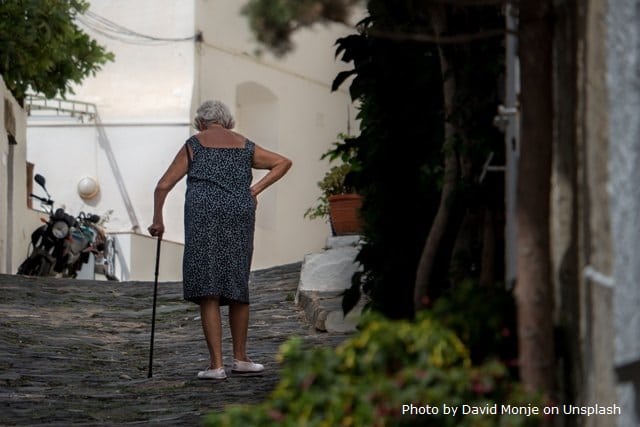
Replying to a recent consultation launched by the European Commission on equal pay, AGE seized the opportunity to highlight the challenges that women, and especially older women, face in the labour market and in access to equal incomes with men, in a life-cycle perspective. In our reply, we insist on several determinants of the gender wage gap, namely:
> Gender segregation and the feminisation of part-time work
> Age, as the gender pay gap increases with age
> The higher amount of hours of unpaid work that women provide in comparison to men
> Increasing pression on the reconciliation of work and care
> Multiple discrimination, especially with regards to age and gender
We also highlight the negative consequences of the gender pay gap in old age, referring to the 37% gender pension gap, the higher old-age poverty and social exclusion rates for women (21%) and the economic and human loss linked to gender inequality.
Need for a strong & holistic EU gender equality strategy
After taking stock of the current situation, AGE puts forward a number of proposals that could help address the gender pay gap in a life-cycle perspective:
- Review of the directive on gender equality in employment
- Strengthening of the overall legal framework for non-discrimination
- Non-legislative measures on non-discrimination
- Fostering social partnership
- Increasing pay transparency
- Strengthening and implementing legislation on reconciliation of work and care
- Fostering role-models through gender quotas in high-level positions and education
- Strengthening Public Employment Services to address the needs of older women looking for a job
- Developing care services in a life-cycle perspective
- Strengthen social protection for workers in new forms of jobs and for informal carers
- Gender-proofing pension reforms
- Assess barriers to access judicial redress
Read more on our recommendations in AGE full response to the EU consultation






